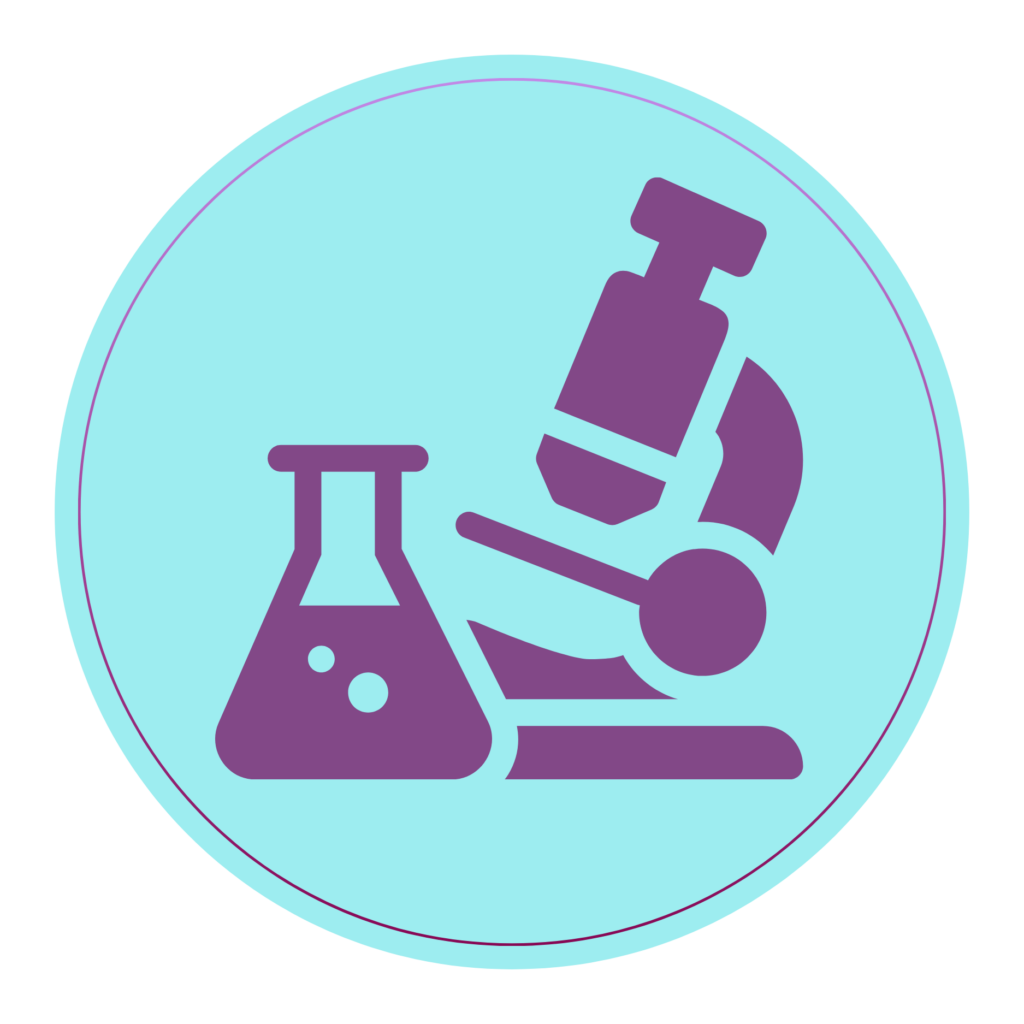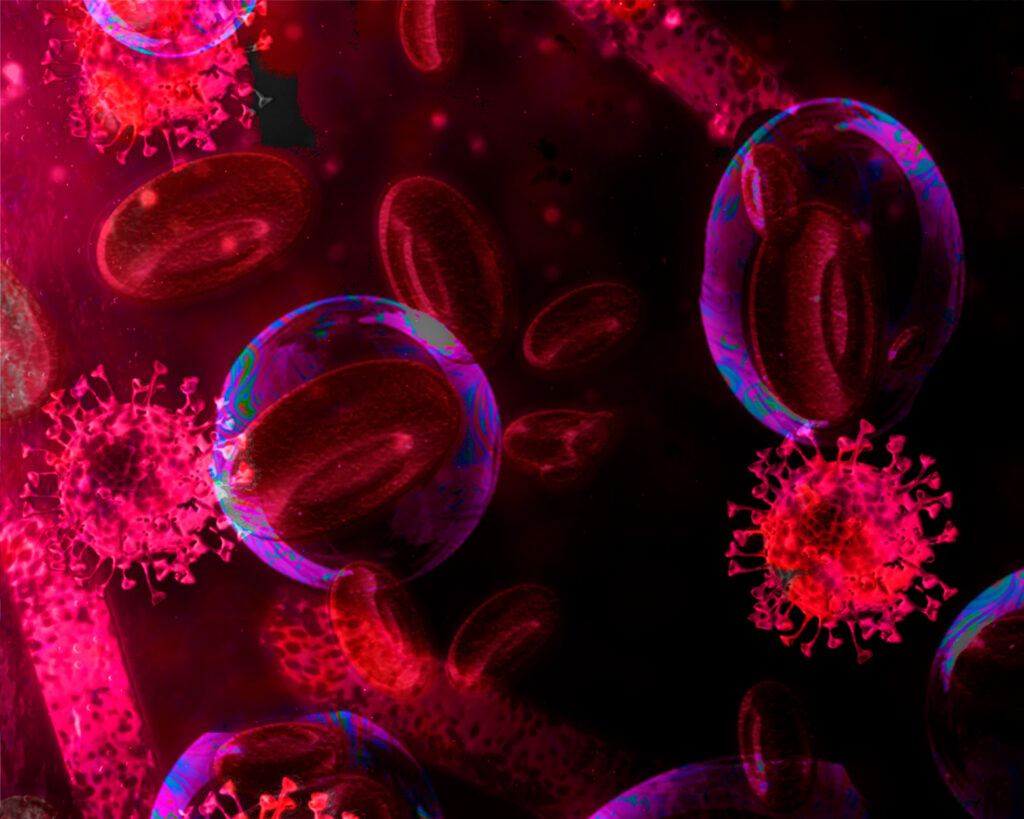Extracellular Vesicles (EVs):
Facilitating Natural Cellular Communication

EVs represent cell membrane-bound nanoparticles containing bioactive lipids, proteins, and nucleic acids, forming an intricate intercellular communication network crucial for vital life functions. These naturally occurring biological signals, emitted by cells, exert specific effects on neighboring cells both directly and indirectly. The characteristics and condition of the originating cells profoundly influence the biological properties and efficacy of EVs. The lipid, protein, and RNA composition of circulating EVs mirrors the status of their cell sources, presenting a valuable avenue for identifying aberrant cells in instances of disease or injury. Moreover, leveraging the inherent bioactivity of
certain EV types, such as exosomes, holds promise for developing innovative therapeutic modalities.For instance, exosomes derived from mesenchymal stem cells (MSCs) have exhibited inherent capabilities in suppressing inflammation, modulating immune responses, fostering cell survival, facilitating tissue regeneration, enhancing blood circulation, minimizing scarring, and inhibiting cancer cell proliferation and tumor progression. By bioengineering MSCs and other progenitor cell lines, along with the exosomes they produce, the intrinsic therapeutic potential of these unique biopharmaceuticals is further augmented.
Exosomes
Unlocking Unparalleled Therapeutic Potential
Belonging to a subset of EVs, exosomes exhibit dimensions ranging from 30 to 150 nm and are predominantly believed to originate via an endosomal pathway.
These minute vesicles have showcased a pivotal role in shaping the behavior of target cells and possess inherent biological attributes conducive to therapeutic development.
By refining the intrinsic immunomodulatory and regenerative potential of exosomes derived from MSCs and other precursor cells through bioengineering, the customization of these EVs for precise clinical applications becomes feasible.
Overcoming hurdles in exosome identification and isolation from cell-conditioned media and biological fluids has spurred the creation of specialized technologies aimed at enhancing the separation of exosomes from complex mixtures containing EVs and assorted biomolecules.
Leveraging cell engineering and EV modification can further streamline exosome isolation processes and heighten the bioactivity of engineered exosomes, thus augmenting their ability to target specific cells implicated in various diseases and injuries.
Ongoing research focusing on exosome applications in clinical settings continues to refine therapeutic agents tailored to specific medical conditions.


Laboratory
Cutting-edge facility for advanced EV research. Compliant with ISO Standards for drug development and testing.

Experts
Postdoctoral researchers, medical doctors, and surgeons specialized in the field of EV science and medicine.

Research
Advanced instrumentation utilized in scientific, preclinical, and clinical research on EVs.

Innovation
Recent advancements and innovations in EV science, diagnostics, and therapeutics.

Execution
Executive leadership dedicated to ensuring the safe and efficient delivery of EV products to market.
DIRECTION
Unlocking the Potential of EVs
We aim to harness the inherent biological properties of EVs for the advancement of diagnostics, therapeutics, and regenerative medicine, ultimately enhancing health and extending longevity. Through comprehensive analysis of EV biomolecular profiles in both health and disease states using cutting-edge analytical techniques and advanced algorithms, we strive to achieve earlier and more precise disease detection without the adverse effects associated with current diagnostic methods.
By augmenting the natural biological activity of EVs through bioengineering, we seek to tailor targeted exosome therapeutics for complex clinical conditions. Our focus extends to the design of biocompatible carriers and delivery systems to enhance the stability and efficacy of engineered exosomes.
The development of straightforward, safe, and effective regenerative products using integrated EV technologies holds the potential to revolutionize medical practices, offering minimally invasive solutions to challenging clinical issues. We envision extending this technology beyond treatment to encompass disease prevention and general well-being, thereby reshaping the landscape of modern diagnostics, therapeutics, and overall health management.
